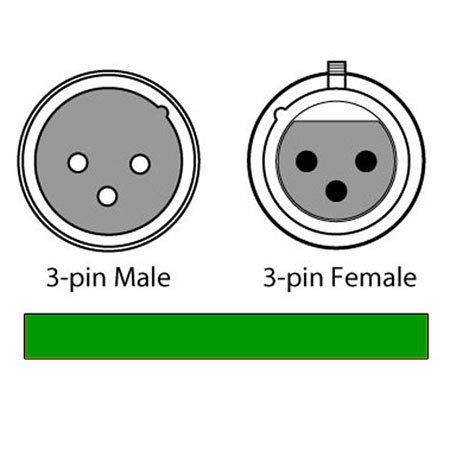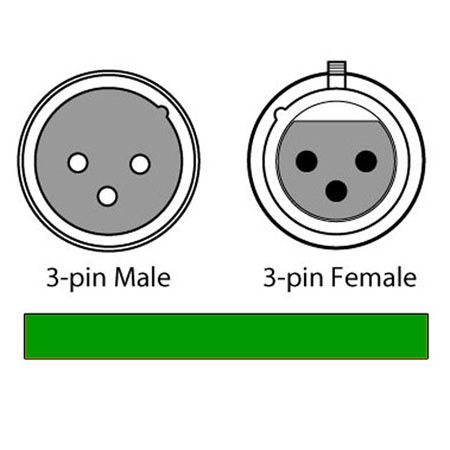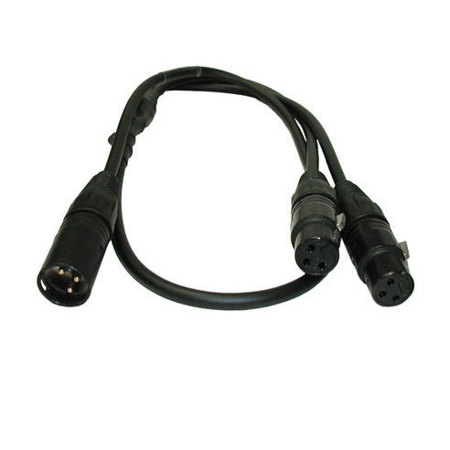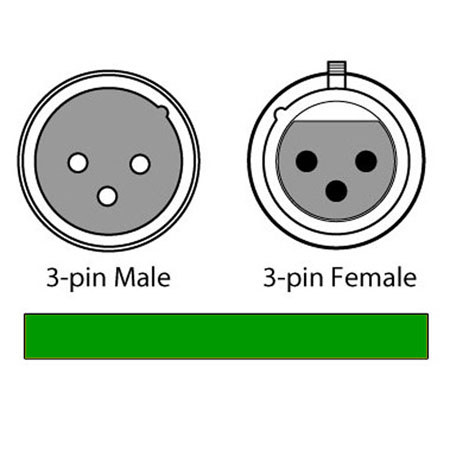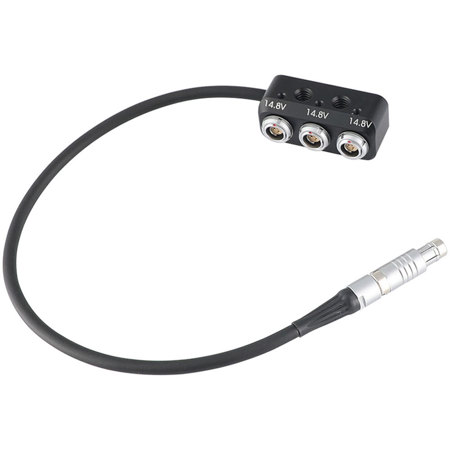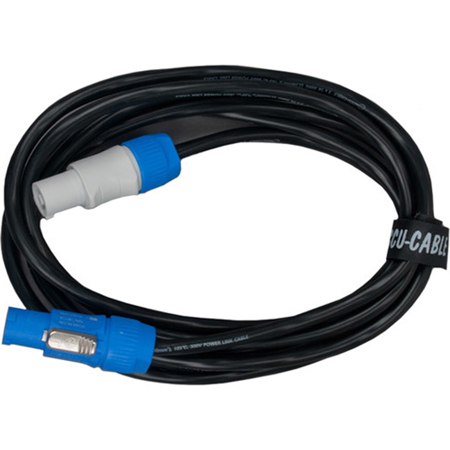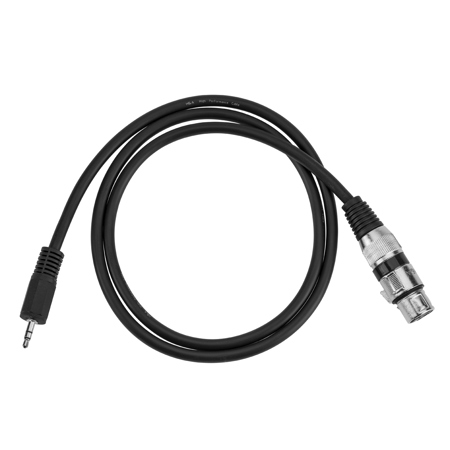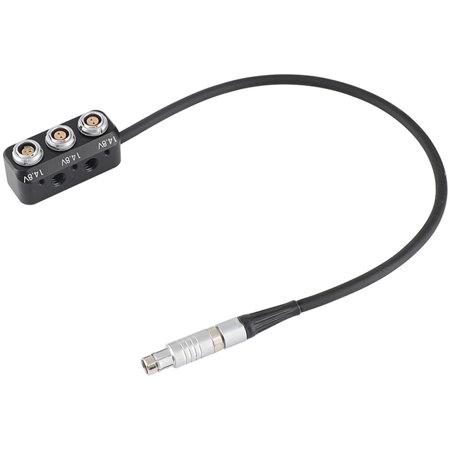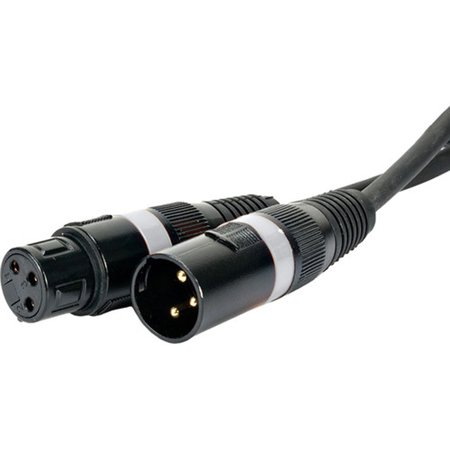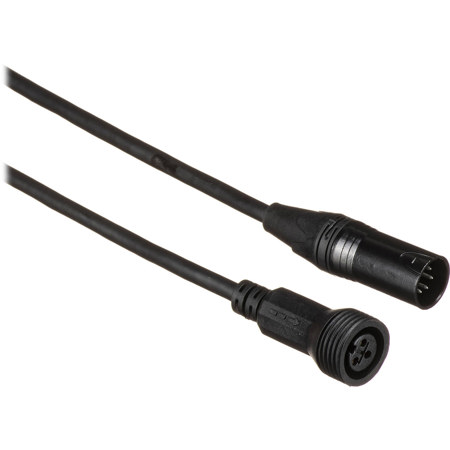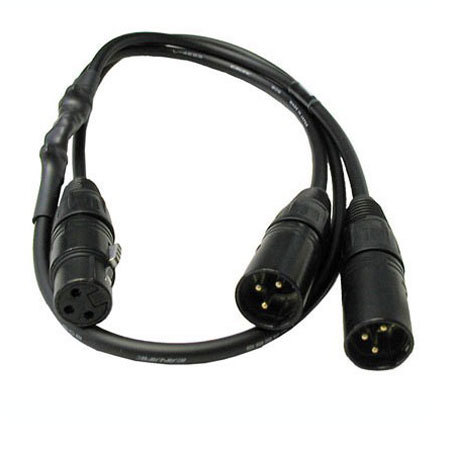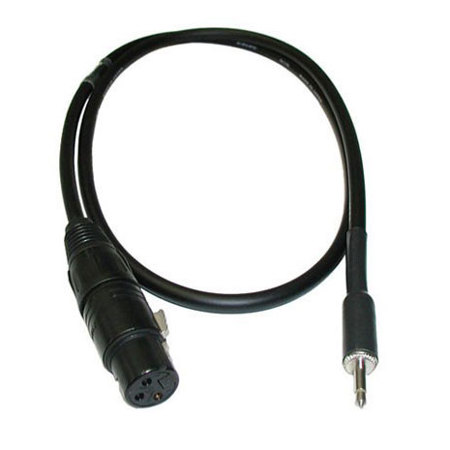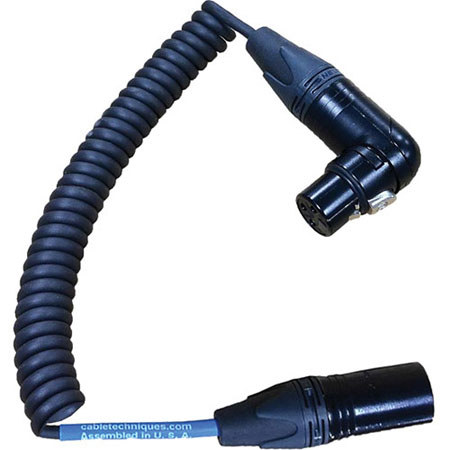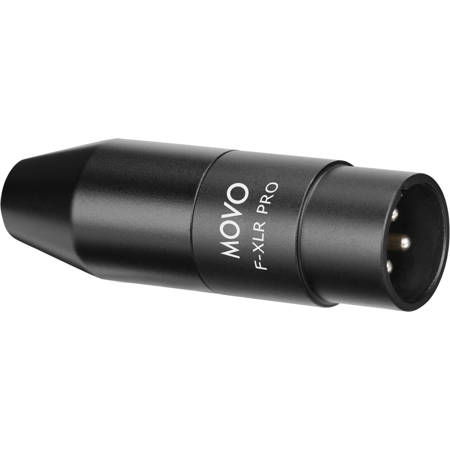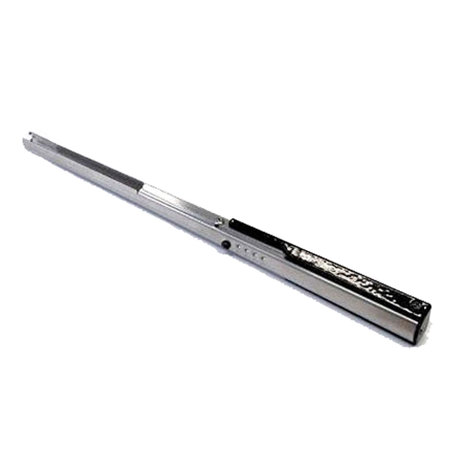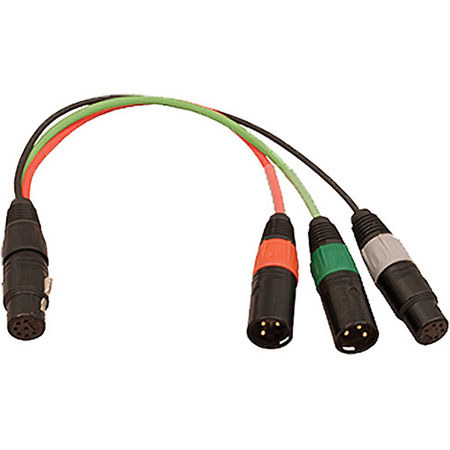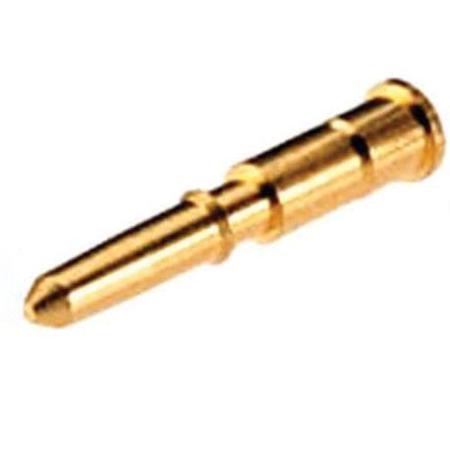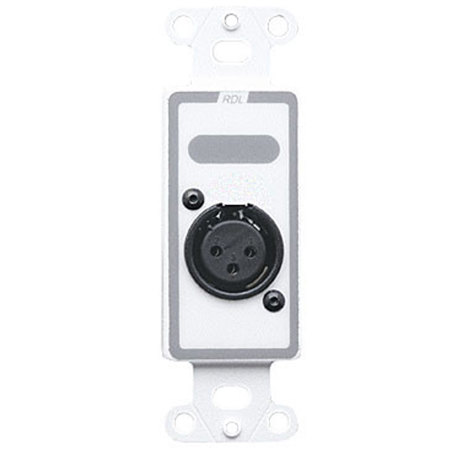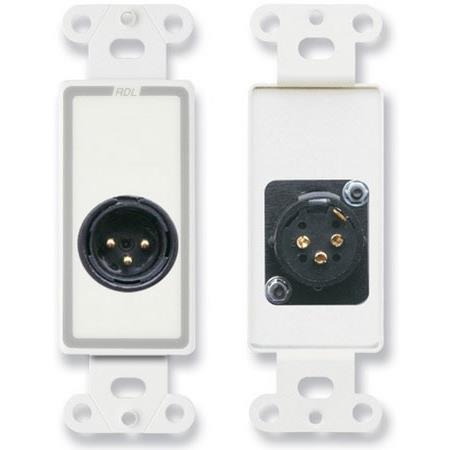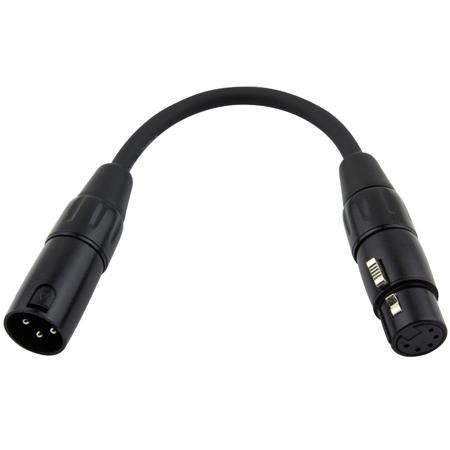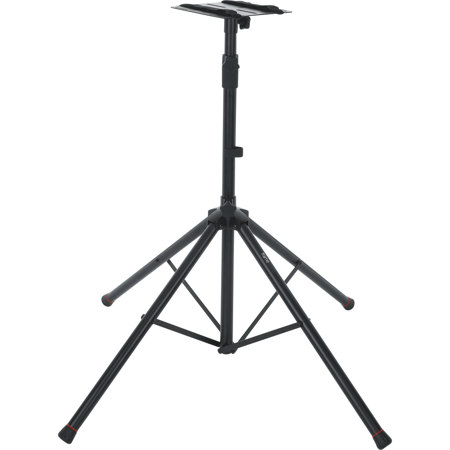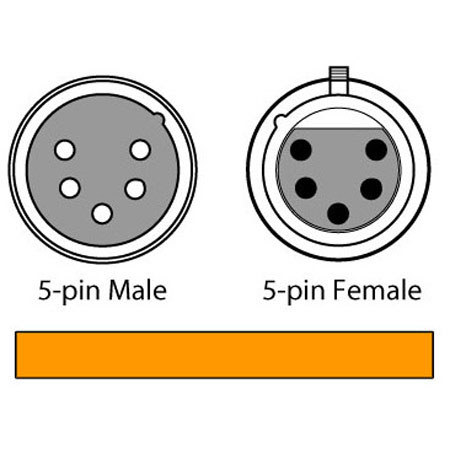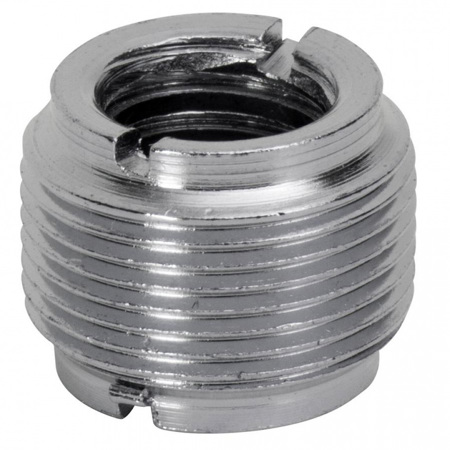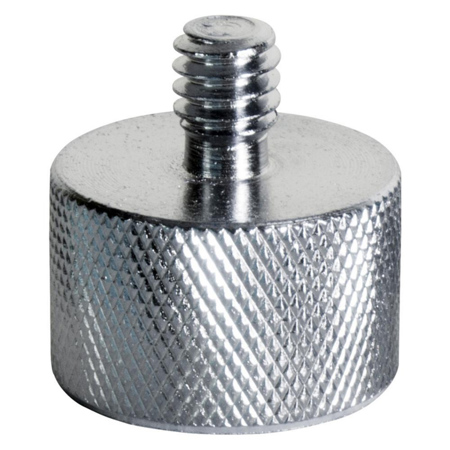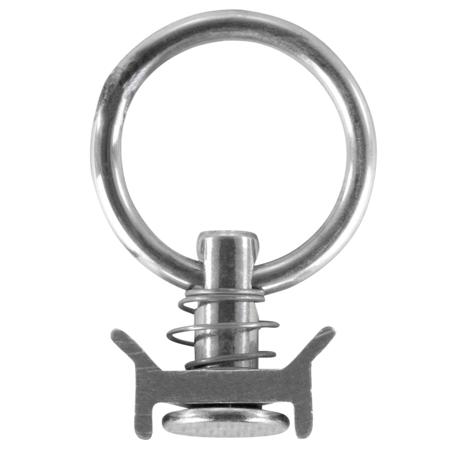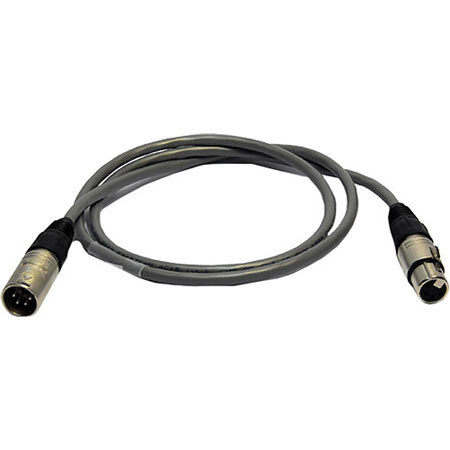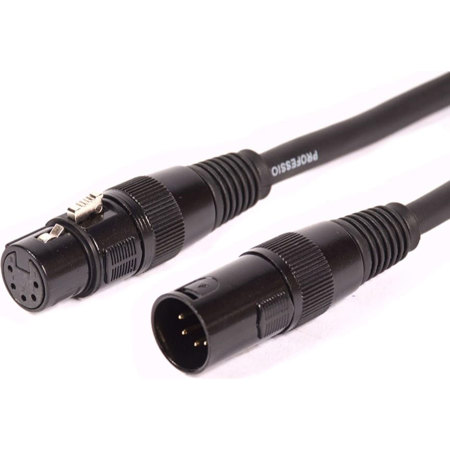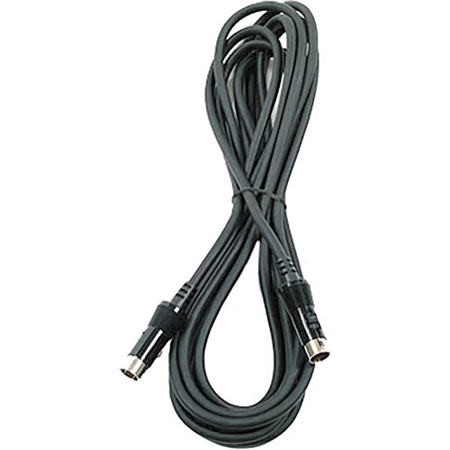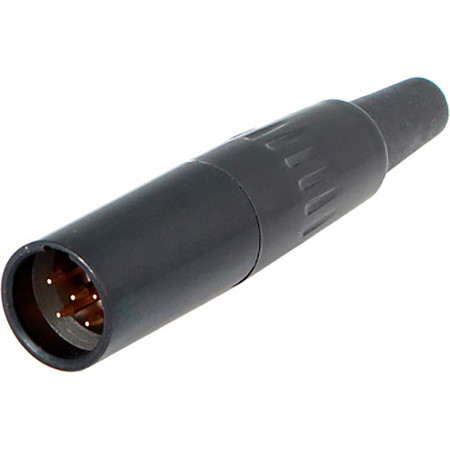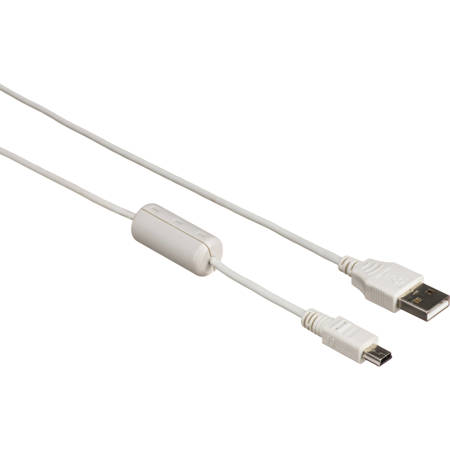3 Pin Cables
A 3 pin cable is a versatile solution found in a wide variety of professional and everyday settings, connecting everything from audio equipment and computer components to essential power supplies. The defining feature of these cables is their three-pin connector, which can serve different functions depending on the application—commonly transmitting power, audio signals, or control data. For example, in the world of professional audio, the 3-pin configuration is synonymous with balanced XLR cables, relied upon by sound engineers and musicians to ensure pristine, interference-free audio between microphones, mixers, and speakers. The locking mechanism and robust build of these connectors make them a staple in studios, concert venues, and broadcast environments, where reliability and signal integrity are paramount. On the other hand, in computing and electronics, a 3 pin cable might refer to the slender connectors that power and monitor the speed of cooling fans inside desktops and workstations, or the grounded power cords that safely deliver electricity to monitors, computers, and other sensitive devices. Each of these uses reflects the careful engineering behind the 3-pin design—whether it’s carrying a balanced audio signal, combining live, neutral, and ground for safe power delivery, or enabling precise fan control in high-performance PCs.
When selecting the right 3 pin cable, it’s important to consider the specific device and application at hand. Audio professionals and hobbyists alike know the value of a rugged, well-shielded cable when setting up for a live performance or recording session, especially as the fall season brings a flurry of events, from school concerts to outdoor festivals. A high-quality 3-pin XLR cable ensures that every note and nuance reaches the audience without unwanted noise or interference, making it a thoughtful gift for musicians, podcasters, or anyone passionate about capturing sound. Meanwhile, those building or upgrading computers will appreciate the subtle differences between 3-pin and 4-pin fan connectors—using the right cable can mean the difference between a quietly efficient system and one that overheats or runs noisily. In offices, studios, and home workspaces, 3-pin power cords are a behind-the-scenes necessity, grounding devices for safety and consistent operation. Even in industrial and agricultural environments, these cables are trusted for powering lights, sensors, and control systems, chosen for their durability in challenging conditions. The key to identifying the correct 3 pin cable lies in understanding the device’s requirements, the type of signal being transmitted, and the physical shape of the connector—whether it’s the familiar round XLR plug or a compact rectangular fan header.
As the days grow shorter and the demand for reliable gear increases—be it for autumn events, holiday projects, or year-end upgrades—having the right 3 pin cable on hand can make all the difference. Whether you’re assembling a professional audio rig, ensuring your computer runs cool during long editing sessions, or setting up safe, grounded power for your electronics, the right cable provides peace of mind and optimal performance. For those focused on audio, a comprehensive selection of 3 Pin XLR Cables offers the flexibility and durability needed for any setup, from intimate home studios to bustling event stages. No matter the application, investing in quality cables is a small step that pays off with reliable connections, safer workspaces, and the confidence that your equipment will perform when it matters most.
When selecting the right 3 pin cable, it’s important to consider the specific device and application at hand. Audio professionals and hobbyists alike know the value of a rugged, well-shielded cable when setting up for a live performance or recording session, especially as the fall season brings a flurry of events, from school concerts to outdoor festivals. A high-quality 3-pin XLR cable ensures that every note and nuance reaches the audience without unwanted noise or interference, making it a thoughtful gift for musicians, podcasters, or anyone passionate about capturing sound. Meanwhile, those building or upgrading computers will appreciate the subtle differences between 3-pin and 4-pin fan connectors—using the right cable can mean the difference between a quietly efficient system and one that overheats or runs noisily. In offices, studios, and home workspaces, 3-pin power cords are a behind-the-scenes necessity, grounding devices for safety and consistent operation. Even in industrial and agricultural environments, these cables are trusted for powering lights, sensors, and control systems, chosen for their durability in challenging conditions. The key to identifying the correct 3 pin cable lies in understanding the device’s requirements, the type of signal being transmitted, and the physical shape of the connector—whether it’s the familiar round XLR plug or a compact rectangular fan header.
As the days grow shorter and the demand for reliable gear increases—be it for autumn events, holiday projects, or year-end upgrades—having the right 3 pin cable on hand can make all the difference. Whether you’re assembling a professional audio rig, ensuring your computer runs cool during long editing sessions, or setting up safe, grounded power for your electronics, the right cable provides peace of mind and optimal performance. For those focused on audio, a comprehensive selection of 3 Pin XLR Cables offers the flexibility and durability needed for any setup, from intimate home studios to bustling event stages. No matter the application, investing in quality cables is a small step that pays off with reliable connections, safer workspaces, and the confidence that your equipment will perform when it matters most.
